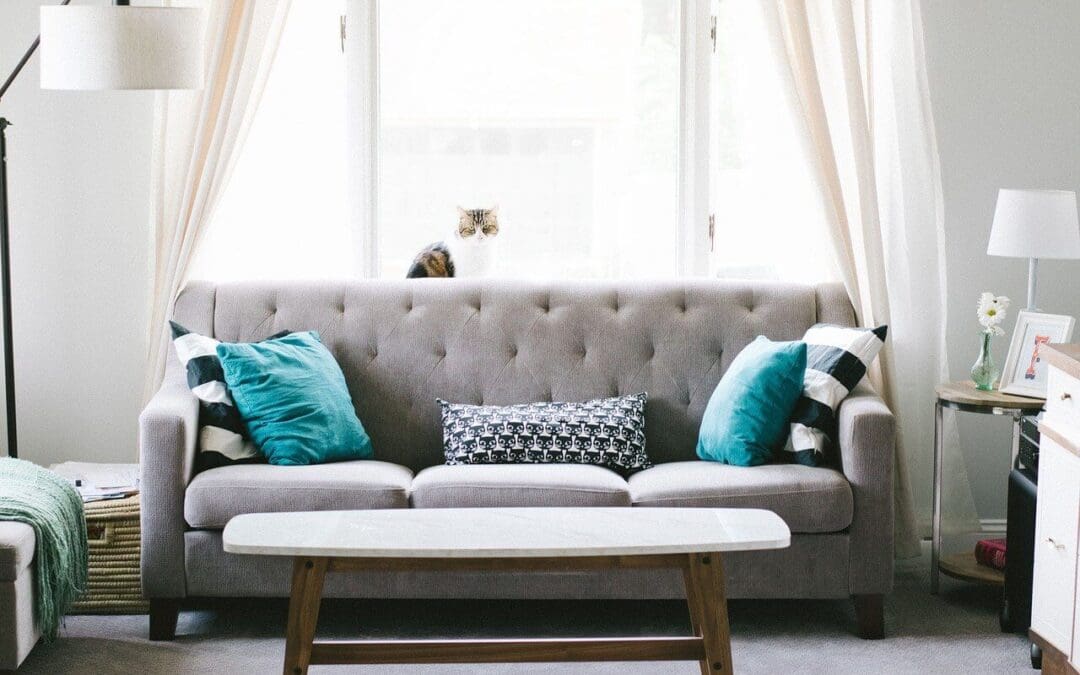Your home should be a reflection of your personality, a sanctuary where function and beauty meet. While professional decorators work wonders, achieving a polished, magazine-worthy look is entirely possible by applying key interior design principles yourself. It’s about making smart, intentional choices regarding space, light, and texture. By understanding the fundamentals of good design, you will transform a collection of furniture into a cohesive, inviting, and truly personalized space.
The Crucial Role of Lighting in Interior Design
Good lighting is the single most important element in successful interior design. It influences mood, highlights features, and affects how colors are perceived. Utilize the three core layers of light: ambient, task, and accent. Ambient lighting provides general illumination (recessed lights, chandeliers). Task lighting is directed for specific purposes (pendant lights over an island, desk lamps). Accent lighting draws the eye to decorative elements (picture lights, spot lighting). By layering these sources and placing them on dimmers, you gain control over the atmosphere and functionality of the space, which is a fundamental aspect of high-quality interior design.
Understanding Scale and Proportion in Interior Design
Many homeowners unintentionally undermine their efforts by using furniture that is the wrong size for the room. Scale refers to how the size of an object relates to the room, while proportion is how an object’s parts relate to each other. Before buying any large piece of furniture, measure your space and map it out. A sofa that looks perfect in a large showroom could completely overwhelm a smaller living room. Conversely, a tiny rug in a large space will look lost and disjointed. A common design flaw is using rugs that are too small; the rug should ideally anchor all the main pieces of furniture in a seating arrangement. Paying close attention to scale guarantees your furniture fits comfortably and complements the room, avoiding that cramped or awkward feeling. This understanding is vital for effective interior design.
Adding Depth with Color and Texture
Color is the emotional engine of interior design, but texture is what gives a room soul. Using varying textures creates visual interest and depth, preventing a room from feeling one-dimensional. When selecting textiles, mix and match different finishes. Pair smooth, structured velvet with a chunky knit throw, or contrast a sleek, polished coffee table with a rustic, woven area rug. In high-traffic areas, layered rugs are a great way to introduce pattern and texture while providing durability. Color use doesn’t always mean painting all the walls a vibrant shade. Often, using a neutral base (white, gray, or beige) for walls and furniture allows you to introduce bold colors through accessories, artwork, and textiles. This makes refreshing the room easy and inexpensive. Furthermore, when selecting paint color, test large swatches in the room and observe them at different times of the day, as lighting drastically alters color perception.
Accessorizing with Intention: The Final Touches of Interior Design
Accessories are the finishing touches that breathe life and personality into your space. However, accessories should be curated, not simply collected. Effective interior design uses accessories to tell a story and create focal points. When styling shelves or mantels, use the “Rule of Three.” Objects grouped in odd numbers (three or five) are naturally more pleasing to the eye. Vary the height, shape, and texture within the group to create dynamic arrangements. Always include a variety of elements: something natural (such as a plant or piece of driftwood), something structural (like a book or sculpture), and something personal (like a photo or memento).
Finally, don’t forget the power of art. Artwork should be hung at eye level and should relate to the scale of the furniture below it. A piece that is too small above a large sofa will look insignificant. These intentional details are what elevate a room from merely furnished to one that is professionally executed.
Frequently Asked Questions (FAQs)
What is the best way to choose an accent wall color?
The accent wall should draw attention to a key architectural feature or anchor a large piece of furniture. A good rule of thumb in interior design is to choose a color that is either several shades darker than your main wall color or a complementary color found elsewhere in your room’s textiles.
How high should curtains be hung to improve interior design?
To make your ceiling appear taller and to improve interior lighting, curtains should be hung high and wide. Install the rod 4 to 6 inches above the window trim and extend it several inches wider than the window on both sides.
What is the Rule of Thirds in interior design?
The Rule of Thirds is a compositional guide used in photography and interior design. It suggests mentally dividing your space into a 3×3 grid and placing focal points or primary design elements along the intersecting lines to create balanced and visually interesting compositions.
How do I integrate mismatched furniture into my interior design?
Use throw pillows and blankets in matching colors across different style sofas, or paint mismatched wooden furniture a single, uniform color. An area rug can also tie together disparate elements and effectively anchor the room.
Jamie Schaefer, Professional Home Inspector, provides home inspection services to The Villages, Florida, and the surrounding cities and towns in Central Florida and the New York Metropolitan Area. If you’re buying or selling a property, contact us to request an appointment.

